It is estimated that nearly 20% of the population is constipated. (source) Chronic constipation is a common problem that can be reversed and prevented in most cases. Ideally you will move your bowels at least once a day. Optimally you will move your bowels after each meal.

Going longer than three or more days without a bowel movement, though, is usually too long. After three days, the stool or feces become harder and more difficult to pass. (source)
Symptoms of Constipation (source)
• Few bowel movements
• Trouble having a bowel movement (straining)
• Hard or small stools
• A sense that everything didn’t come out
• Swollen abdomen or abdominal pain
• Vomiting
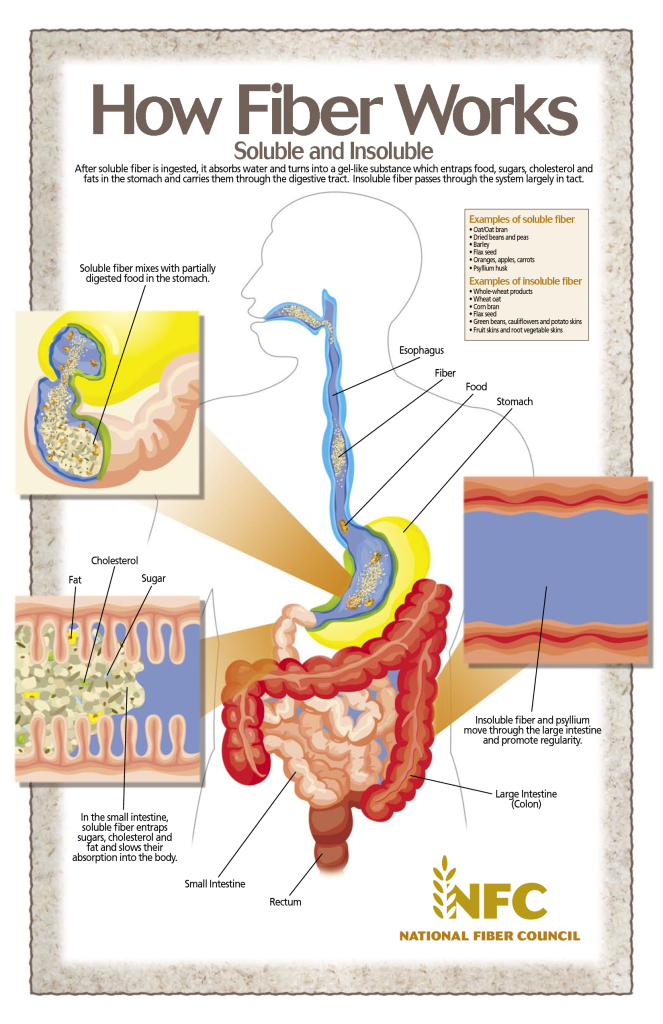
Causes of Constipation (source)
• Antacid medicines containing calcium or aluminum
• Changes in your usual diet or activities (ie: travel)
• Colon cancer
• Eating a lot of dairy products
• Eating disorders
• Irritable bowel syndrome
• Neurological conditions such as Parkinson’s disease or multiple sclerosis
• Not being active
• Not enough water or fiber in your diet
• Overuse of laxatives (over time, this weakens the bowel muscles)
• Pregnancy
• Problems with the nerves and muscles in the digestive system
• Resisting the urge to have a bowel movement (which some people do because of hemorrhoids)
• Some medications (especially strong pain drugs such as narcotics, antidepressants, or iron pills)
• Stress
• Under active thyroid (hypothyroidism)
• Overuse of caffeine and/or alcohol (dehydrating)

Fiber
Dr. Garth Davis, weight-loss surgeon, has said that only 3% of Americans are protein deficient (malnourishment, anorexia) yet 97% of Americans are fiber deficient. He explains that as long as you are intaking your caloric needs per day, meeting protein requirements is rarely a problem. People in general need to be more mindful about intaking adequate fiber.
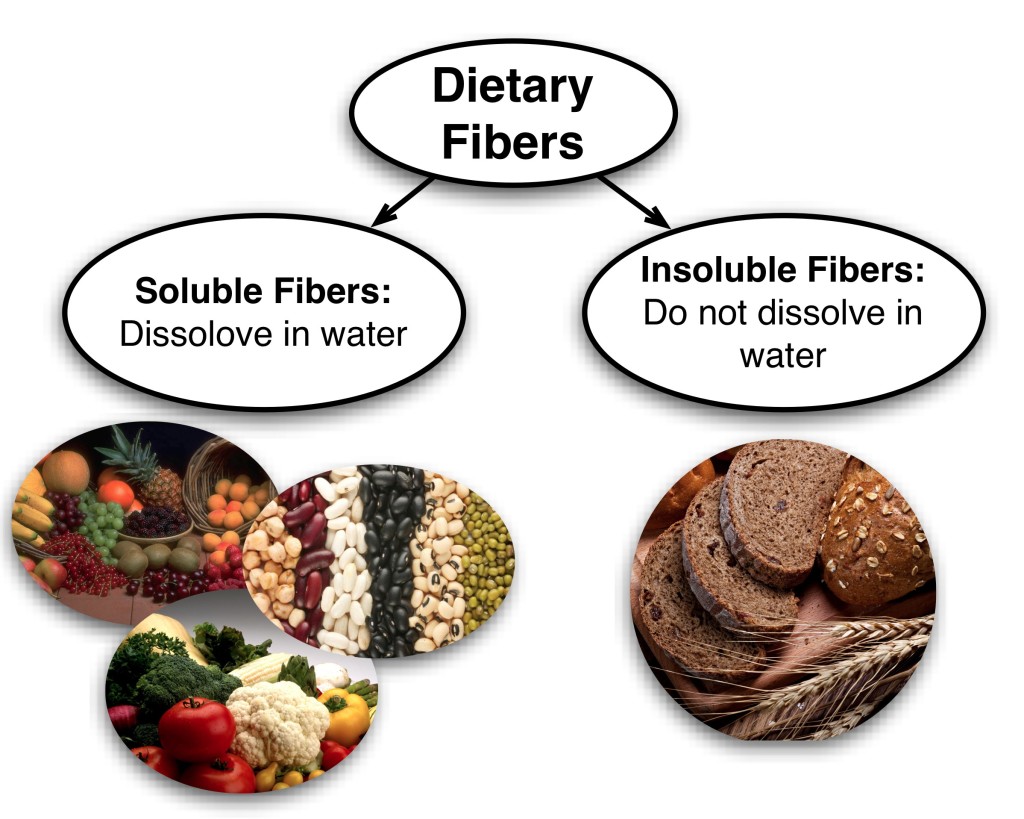
There are two kinds of fiber in food.
1. Soluble fiber attracts water and turns to gel during digestion. This slows digestion. Soluble fiber is found in oat bran, barley, nuts, seeds, beans, lentils, peas, and some fruits and vegetables.
Prebiotics are indigestible food ingredients that stimulate the growth and maintenance of beneficial gut microbiota. Prebiotics are food for your flora, those living organisms that contribute to our health and well being. Prebiotics are classified as soluble fiber. These being inulin and oligofructose, along with fructooligosaccharides (FOS), galactooligosaccharides (GOS), and other oligosaccharides. Pectin, too, appears to have some prebiotic potential, but inulin and oligofructose are the big ones. All of these can be obtained by aeating a few servings of vegetables and fruits each day. (source)
2. Insoluble fiber is found in foods such as wheat bran, vegetables, and whole grains. It adds bulk to the stool and appears to help food pass more quickly through the stomach and intestines. (source)
Fiber, along with adequate water intake, moves quickly and relatively easily through your digestive tract and helps it function properly. A high-fiber diet may also help reduce the risk of obesity, heart disease, and diabetes.
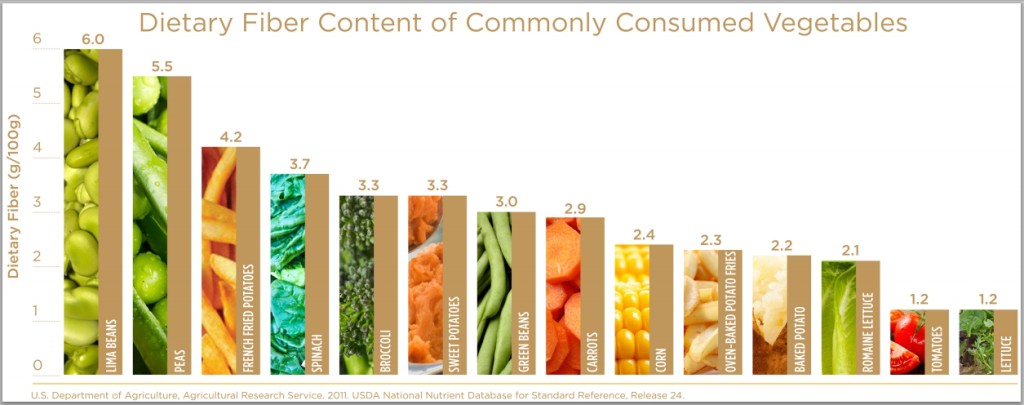
Here’s a look at the fiber content of some common foods. Women should try to eat at least 21 to 25 grams of fiber a day, while men should aim for 30 to 38 grams a day. (source)
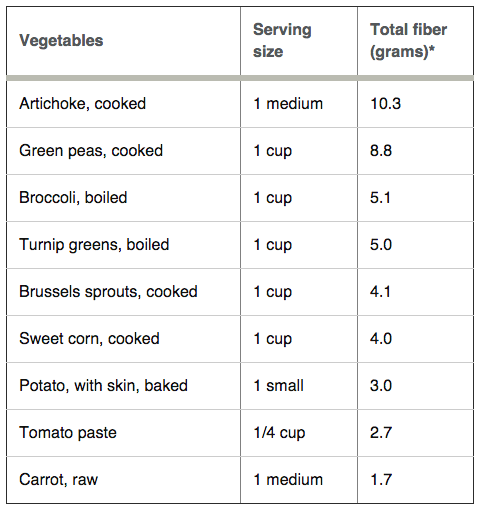
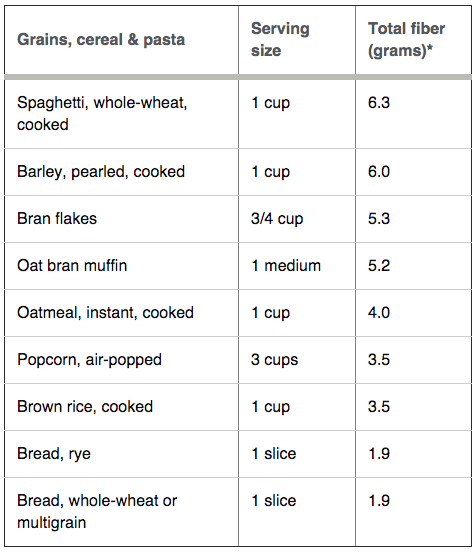
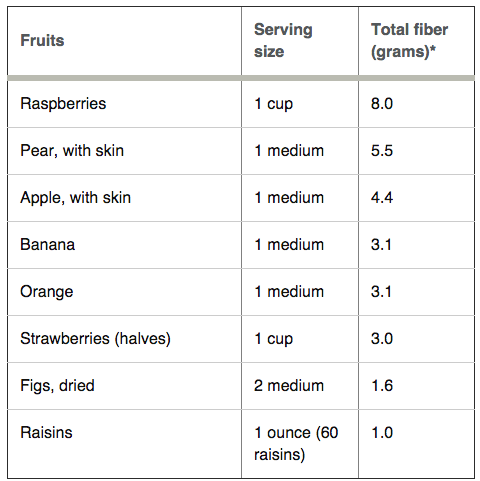
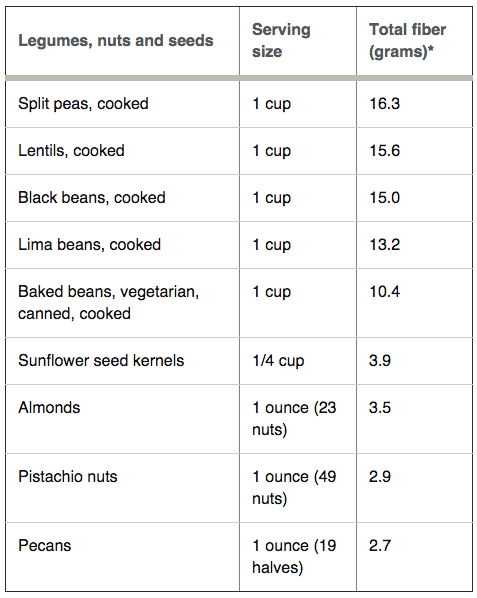
No-Fiber Foods
Beef, pork, poultry and fish are all zero-fiber foods. Milk, yogurt, all types of cheese and other dairy products don’t contain fiber. You also won’t get fiber from eggs. In other words, animal-based foods are free of fiber. (source)
Low-Fiber Foods
• White bread without nuts and seeds
• White rice, plain white pasta, and crackers
• Refined hot cereals, such as Cream of Wheat, or cold cereals with less than 1 gram of fiber per serving
• Pancakes or waffles made from white refined flour
• Most canned or well-cooked vegetables and fruits without skins or seeds
• Fruit and vegetable juice with little or no pulp, fruit-flavored drinks, and flavored waters
• Butter, margarine, oils and salad dressings without seeds (source)
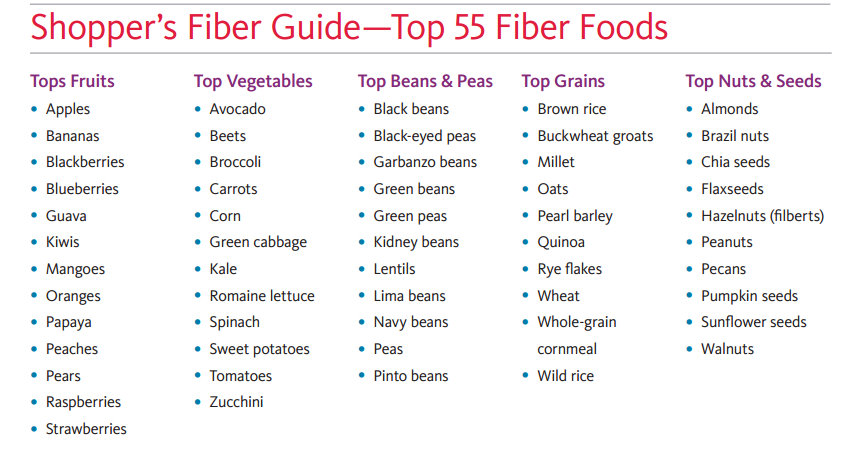
Resolving Constipation
1. Increase consumption of high-fiber foods
2. Decrease consumption of no-fiber and low-fiber foods
3. Increase water consumption
4. Minimize or eliminate the Causes of Constipation (list above) as possible
Oftentimes when high-fiber foods enter a sluggish bowel, bloating and gas can occur from blockage. It will eventually resolve if enough water is consumed, however if you desire to assist and speed-up the process, colon hydrotherapy is highly recommended.
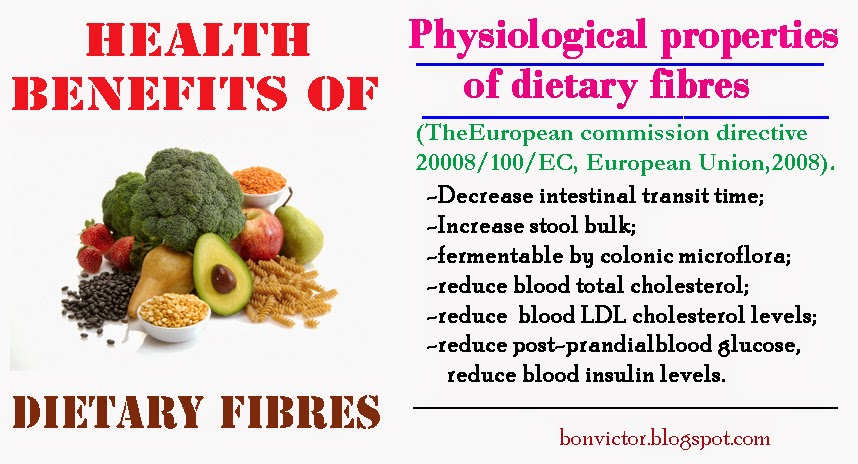
Additional Resources
• The Ancient Essenes on Colonics
• Choosing the Safest Fats, Carbs, and Proteins
• Know Your Complex, Simple, and Refined Carbs
• Click HERE to see below infographic at full scale.


{ 3 comments… read them below or add one }
People who have never experienced it will never understand how painful and mind bending this can be! It can cause serious stress and anxiety.
my constipation keeps reoccurring and my hemorraids haven’t seen to gone away. my doctor wants to see me again in 3 weeks to see if my symptoms improve but i feel very lost. i don’t know what is causing this and the only thing left is possible to decrease fiber. i get about 40g a day and i drink a lot of water. my stool isn’t hard but it comes every 3 days and it makes me very nauseous and sick.
Luana Araujo recently posted..Great Eye Care Tips and Tricks You Should Know About
Have you considered colon hydrotherapy?